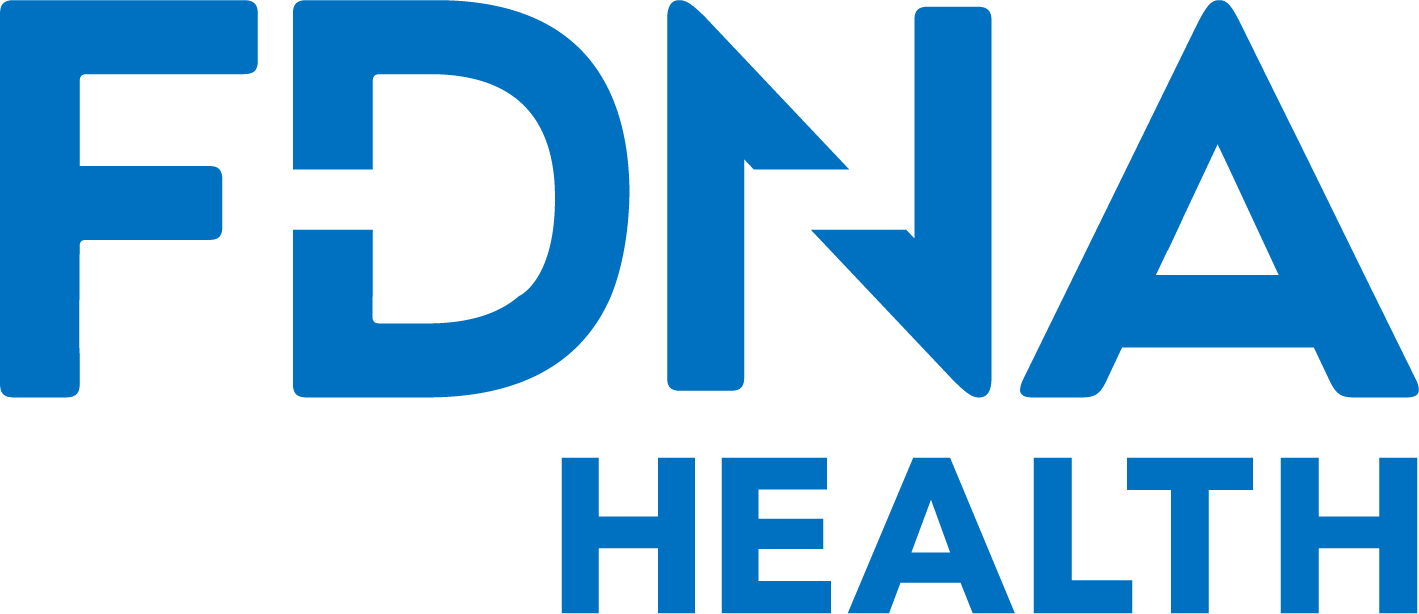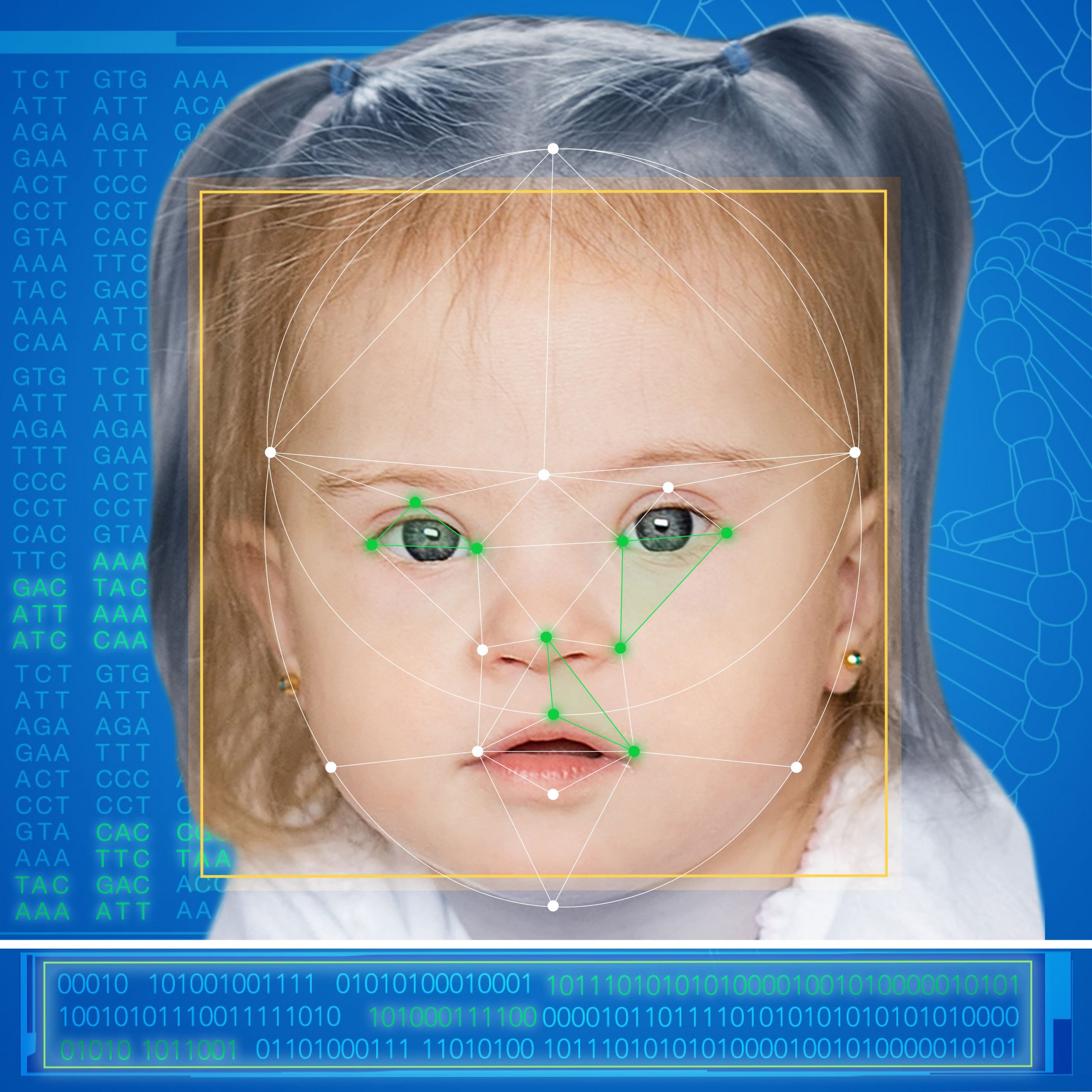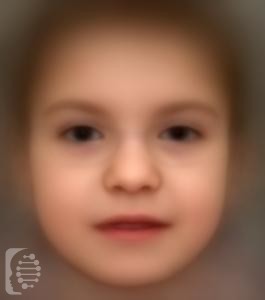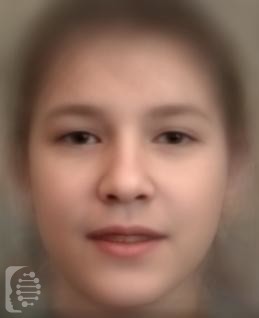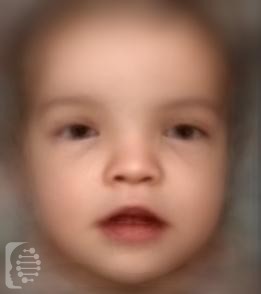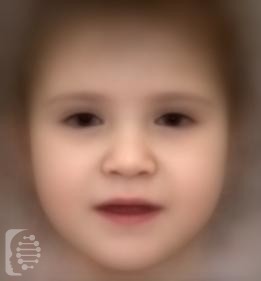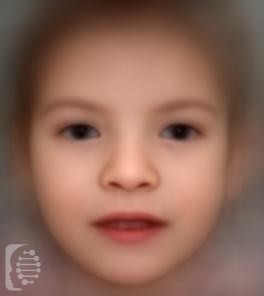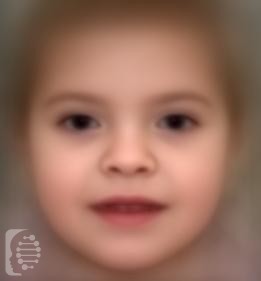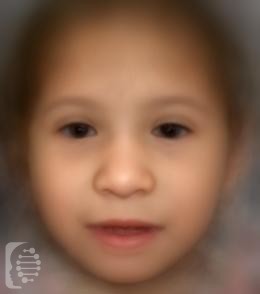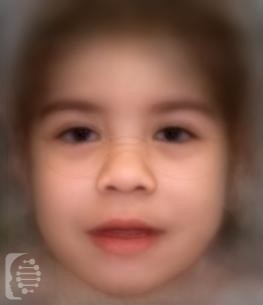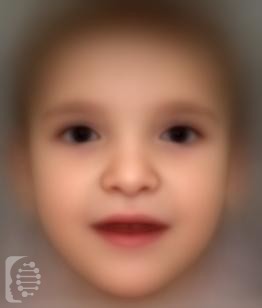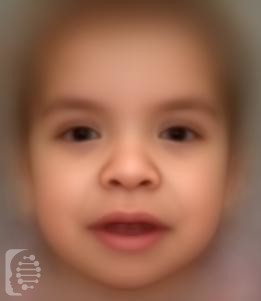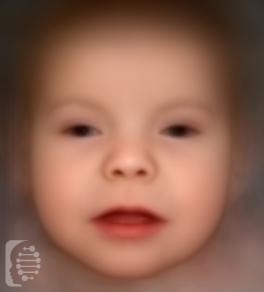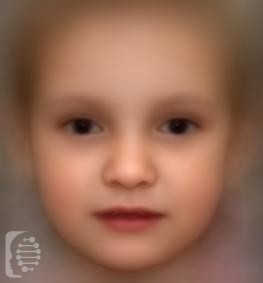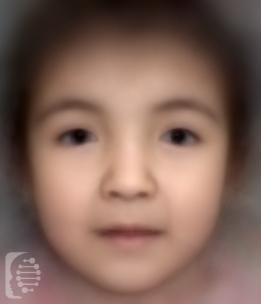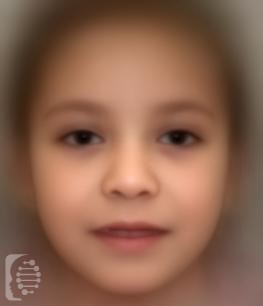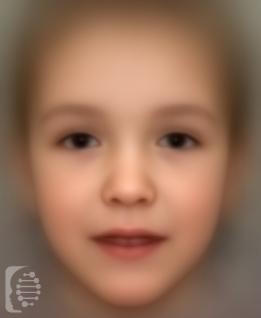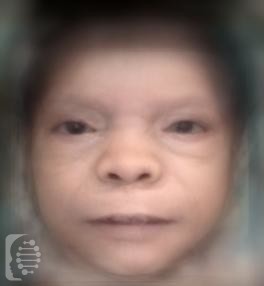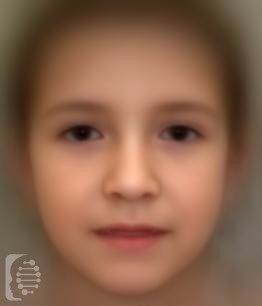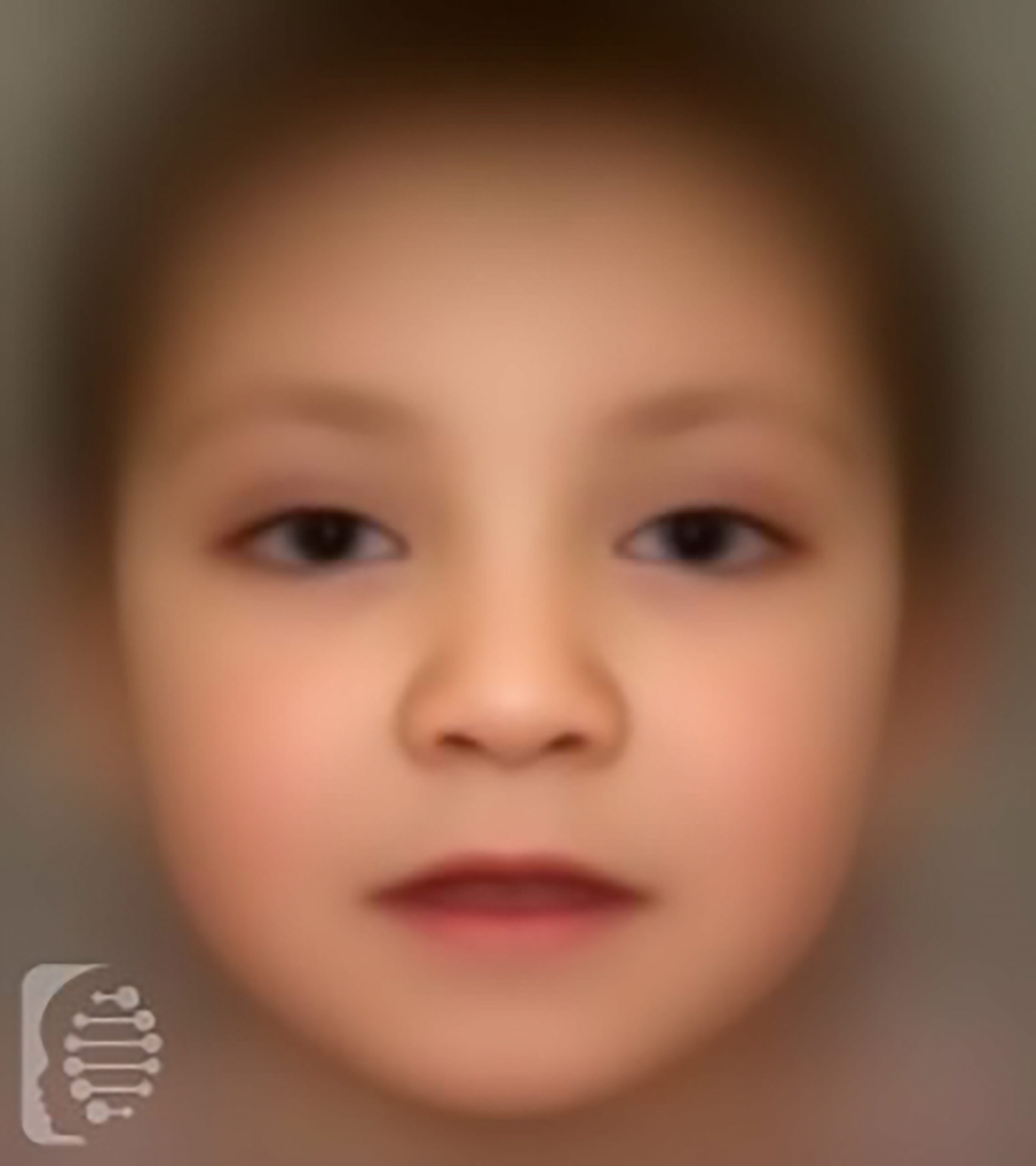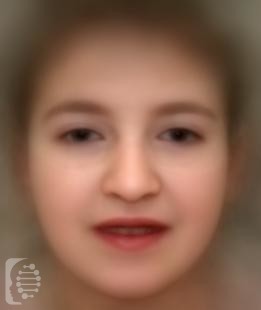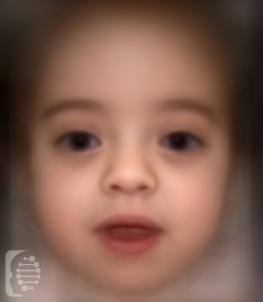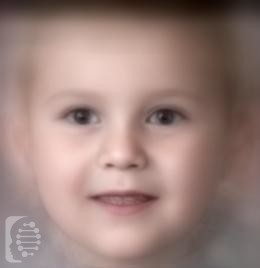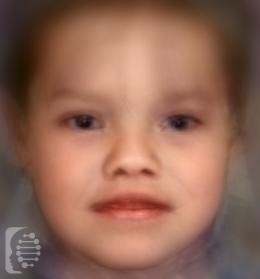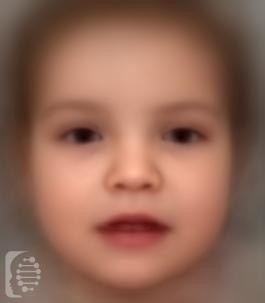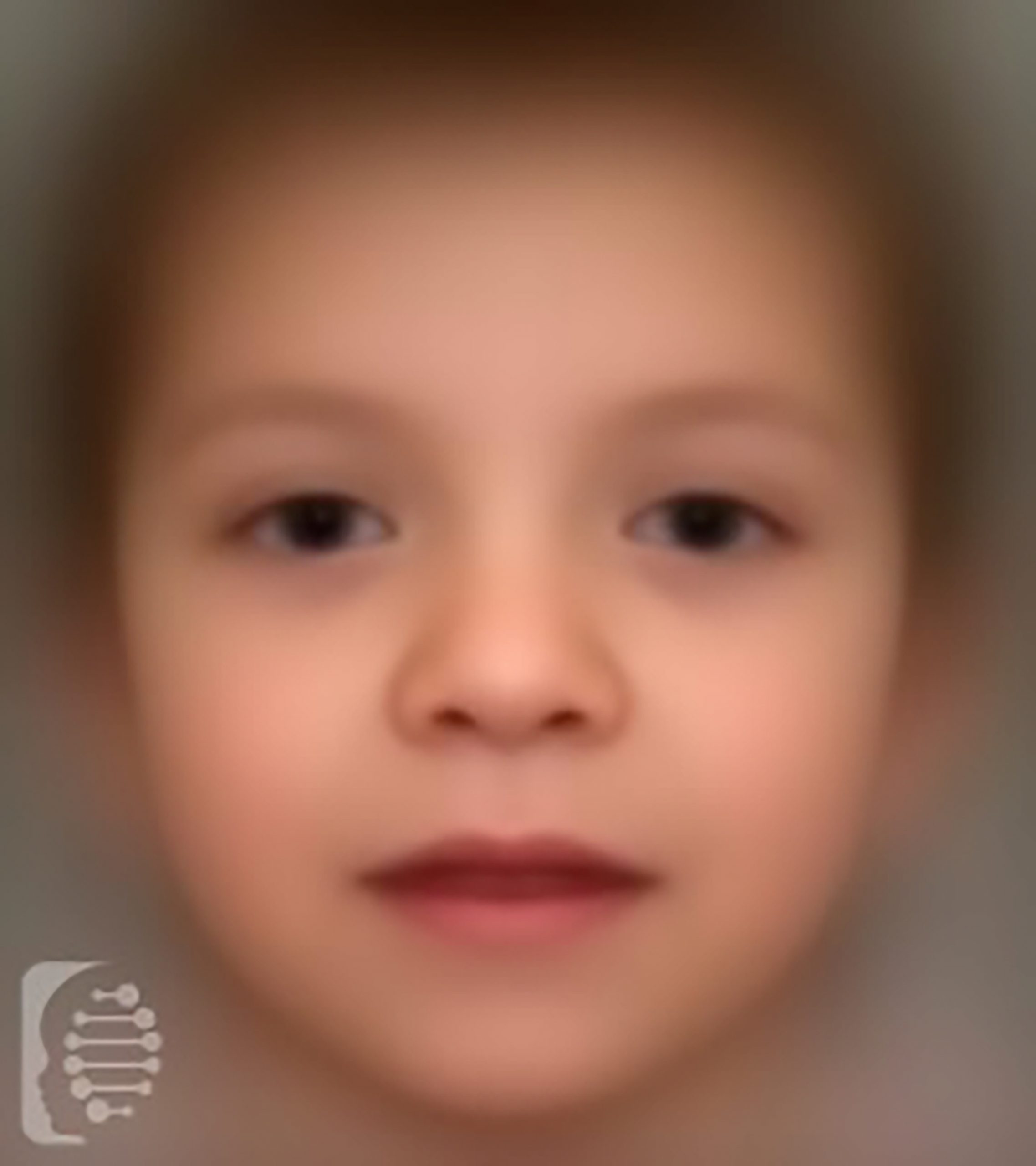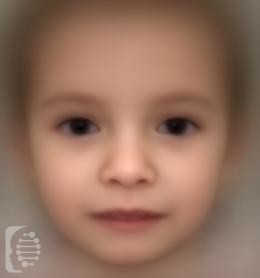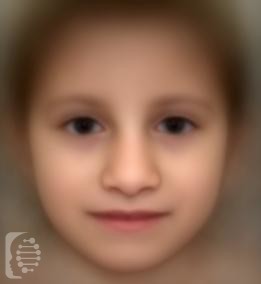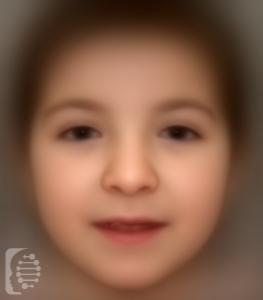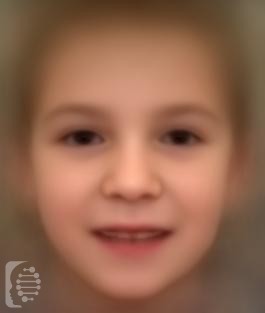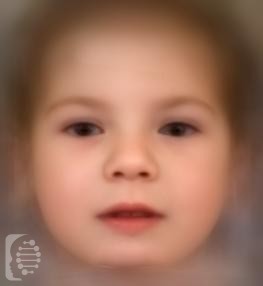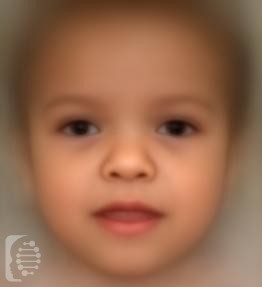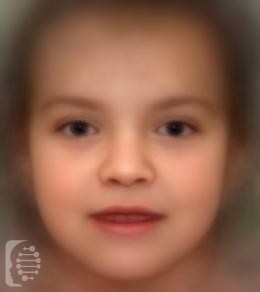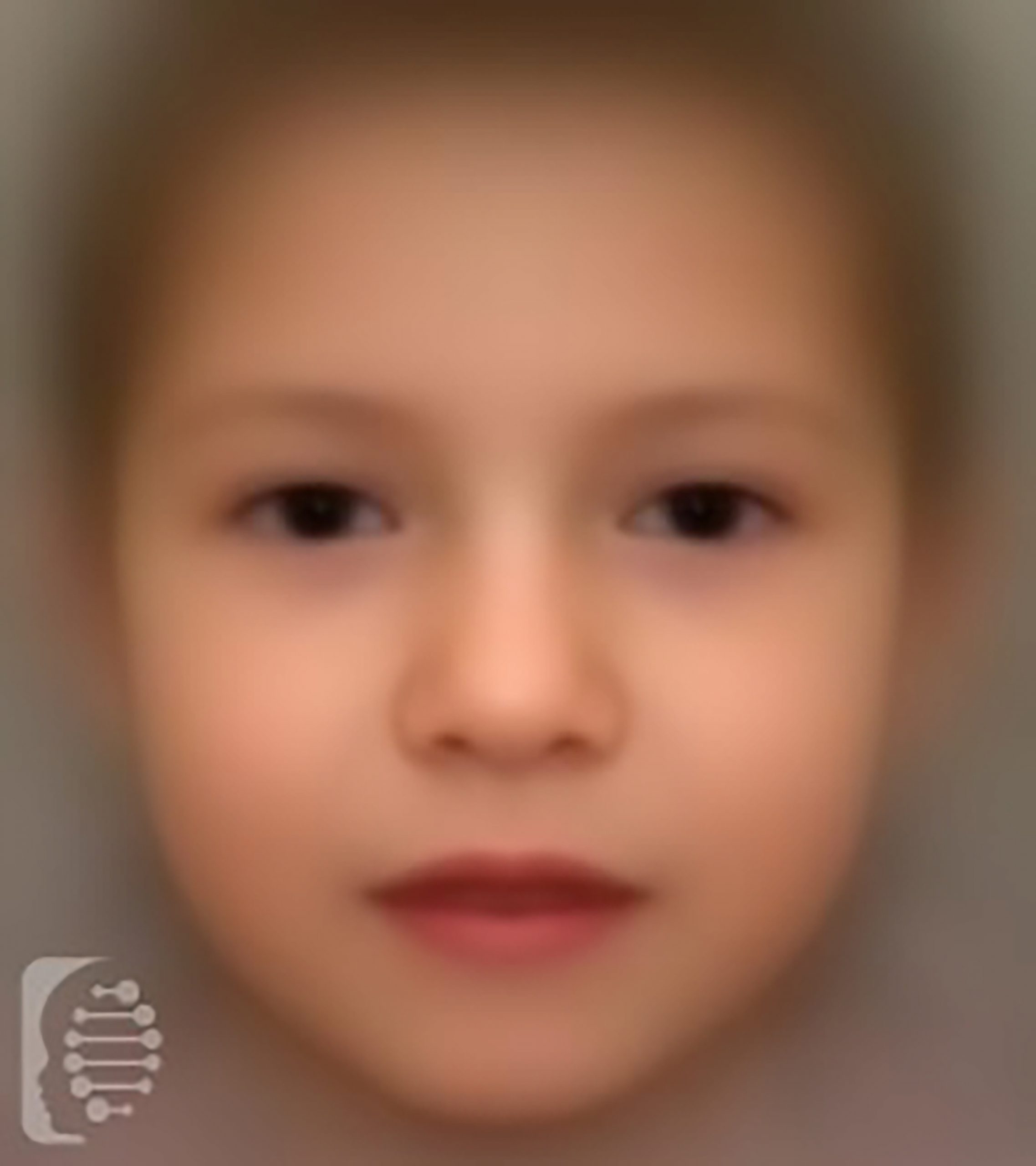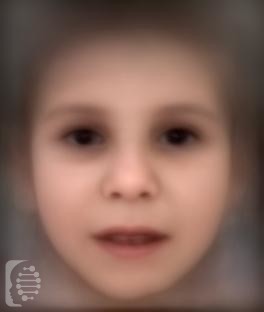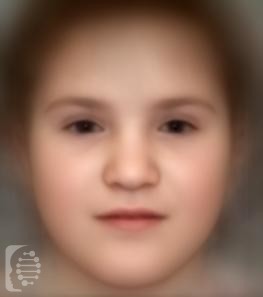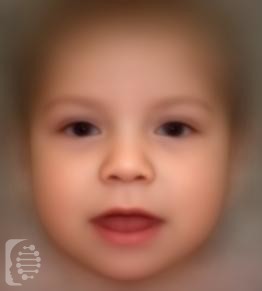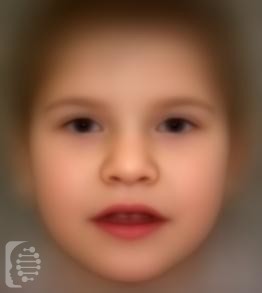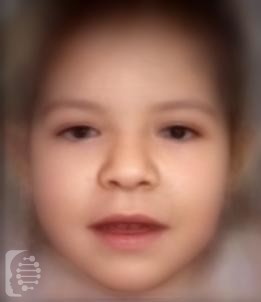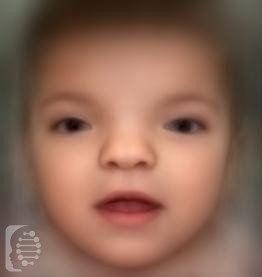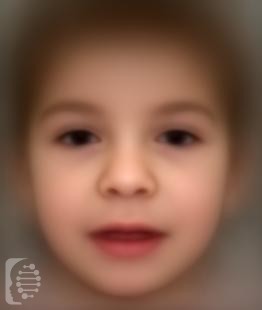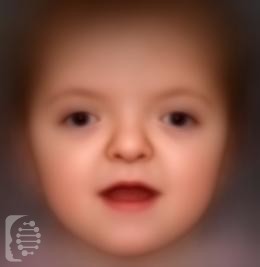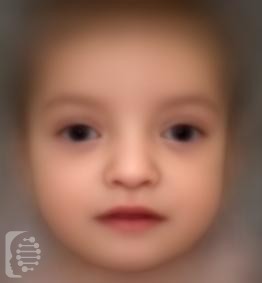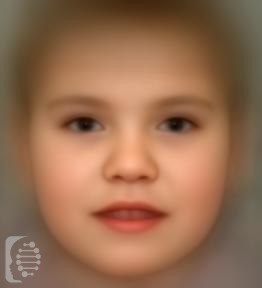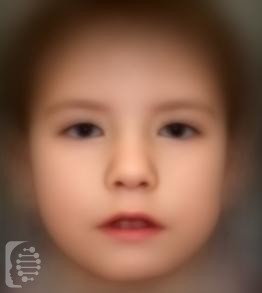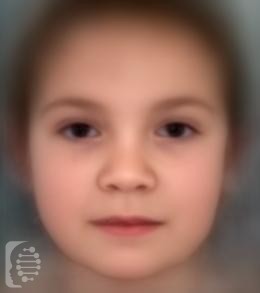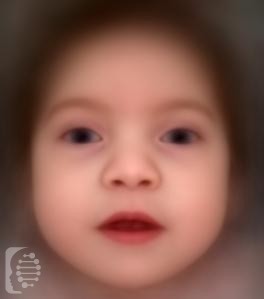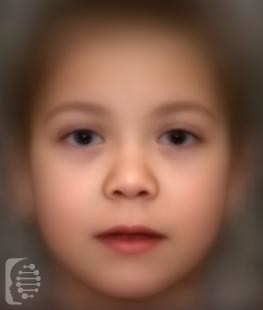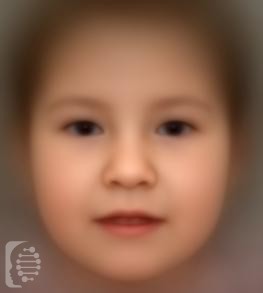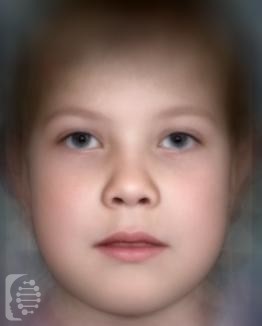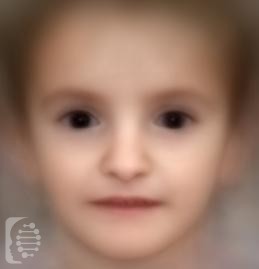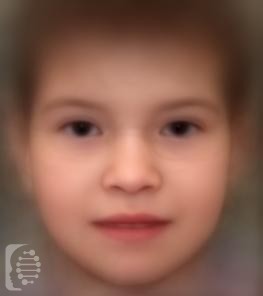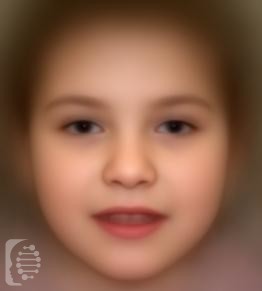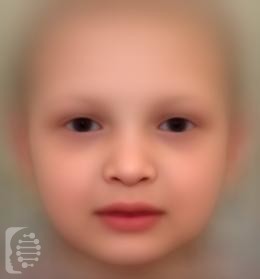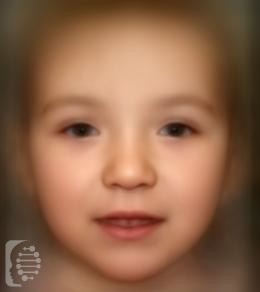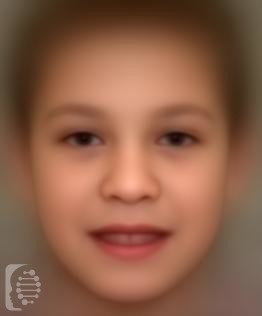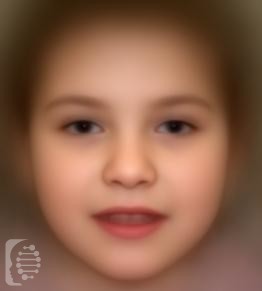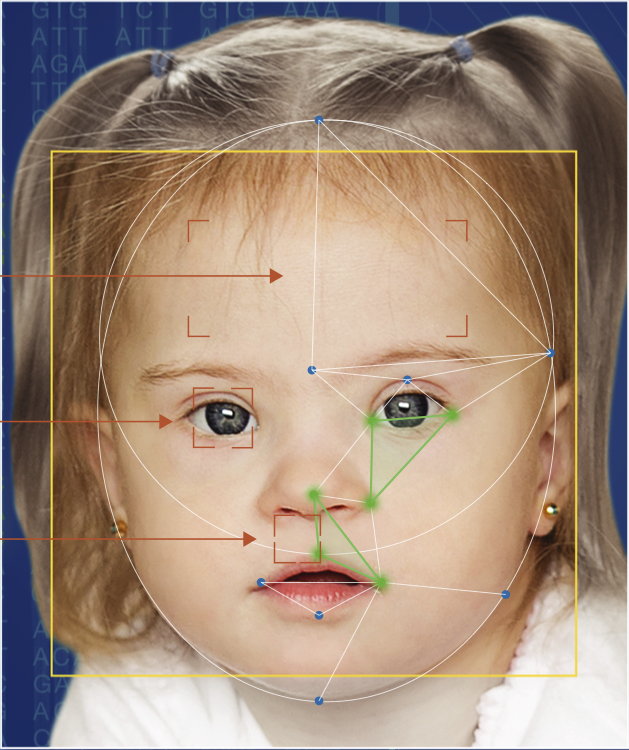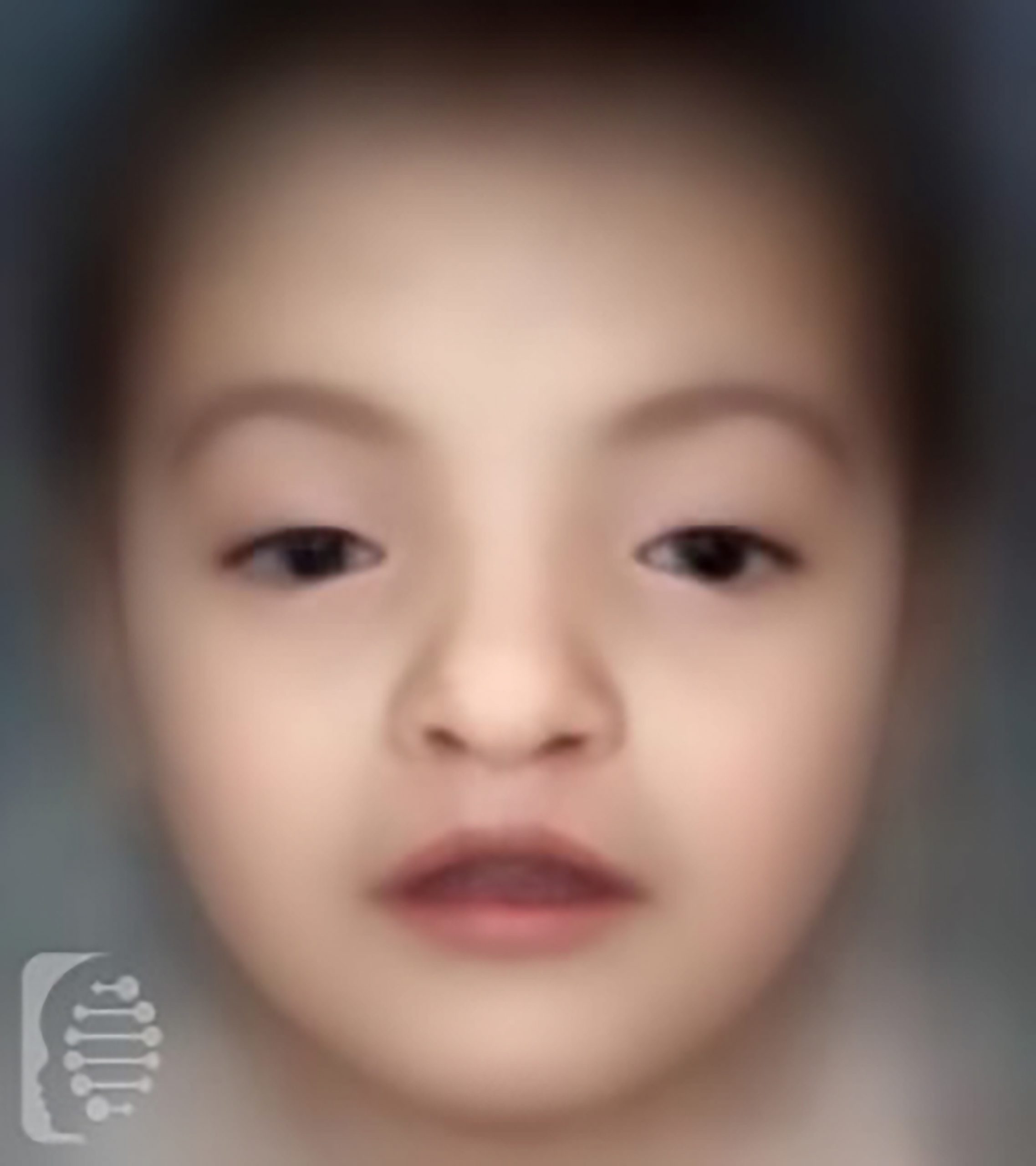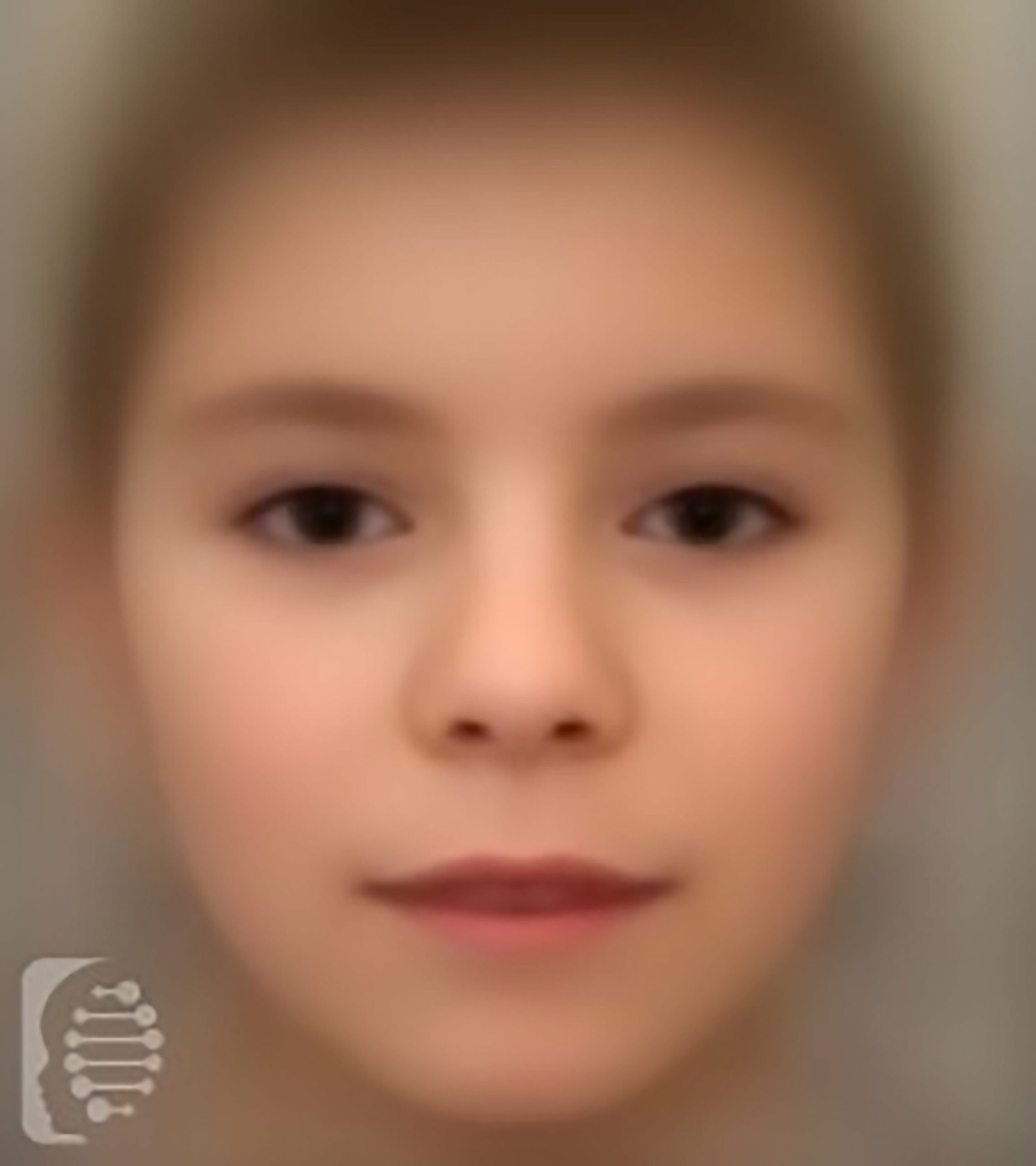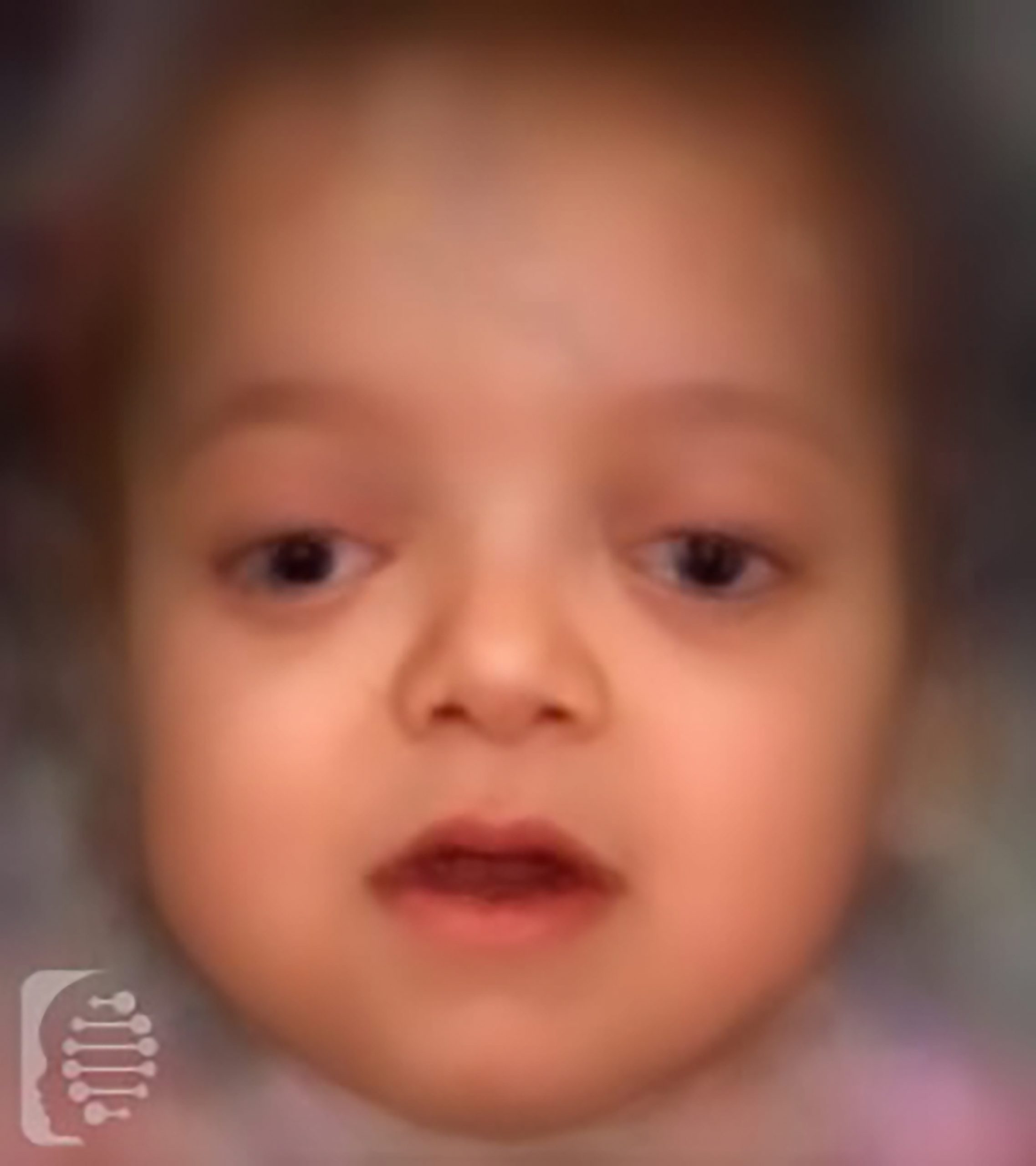Paula and Bobby
Parents of Lillie
Nystagmus
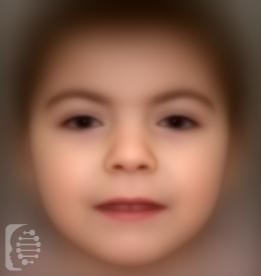
Understanding eye related symptoms and features
Symptoms may affect multiple parts of the body. Understanding which part of the body a symptom affects, can help us to better understand the potential underlying causes of a symptom, including a rare disease or genetic syndrome.
The eye is a part of the ocular and vision systems of the body. The ocular system includes the eye and its central vision system (cornea, lens, eye fluids), all of the parts which make vision possible.
Symptoms affecting the eyes may be congenital, present at birth, or they may develop later in life. Sometimes surgery may be an option to correct them.
Symptoms relating to the eyes may affect their structure and function including their ability to see, other times they may simply affect the shape or appearance of the eye without any impact on vision.
What is Nystagmus?
It is a condition that affects the eye. It presents with uncontrollable rapid and involuntary eye movements.. These movements can occur from side to side, up to down, or in a circular pattern. During periods of involuntary eye movement, individuals may experience temporary impairment of their vision and depth perception, these movements may also affect their balance and coordination.
While an eye condition, Nystagmus is caused when a part of the brain, or inner ear, which controls the movement and positioning of the eye doesn’t function properly.
While there is no one cure for the condition there are some steps affected individuals can take to ease the symptoms. These include corrective lenses, to correct any reduced vision, as well as the option of specific medicines which might ease the condition in adulthood. Congenital Nystagmus, and people born with the condition generally have few options if any for treatment.
What should I do next?
In some instances, involuntary eye movements may be one of the features of a rare disease or genetic syndrome. In this case, a fast, targeted genetic analysis by a certified genetic counselor can give you a more accurate diagnosis.
Synonyms:
Involuntary, rapid, rhythmic eye movements
HPO:
0000639
Optional syndromes:
More than 250,000 patients successfully analyzed. Clarify any concerns you may have and get tested online today.

Synonyms:
Involuntary, rapid, rhythmic eye movements
HPO:
-
0000639
Optional syndromes:
FDNA™ Health can help you with the diagnostic journey.
Learn about child developmental delays: Causes, Symptoms, and Therapies.
Don't wait years for a diagnosis. Act now and save valuable time.
Explore the most detected symptoms in our system (numbers are global and based on the data from 120 countries):
What is FDNA Health?
With the largest global database and a leading decision-support tool using AI, FDNA™ Health enables patients and their families to better understand symptoms and conditions with the goal of shortening the time to diagnosis.
Benefits of FDNA Health
Save valuable time by
learning about possible conditions
and report to your clinician
Advanced AI technology
and leading worldwide clinicians
shortening time to diagnosis
Looking for answers?
Worried about child development?
We are here to help you!
